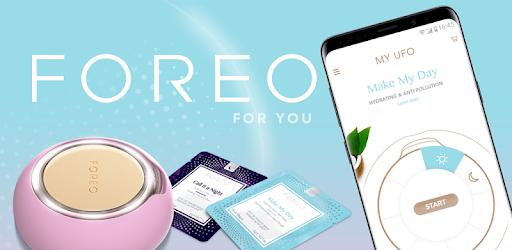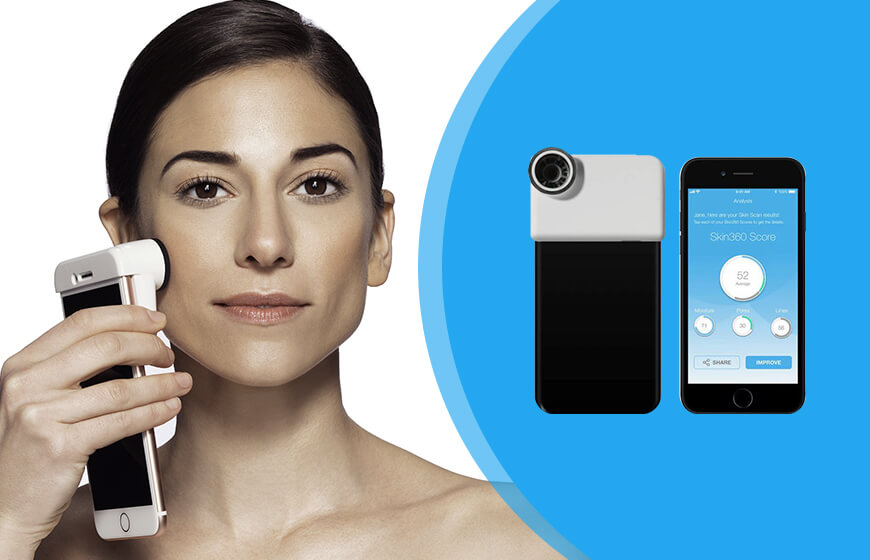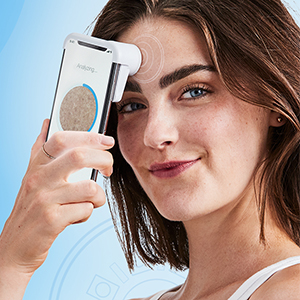Sales of beauty devices continue to be strong around the globe, but numbers vary dramatically from one region to another. Sales grow meteorically in Asia, by nearly 25% in 2017. The United States rebounds from negative growth, while growth in Europe slows, partly affected by penetration of non-branded devices from Asia, finds our just-published Beauty Devices: Global Market Analysis and Opportunities report.
One of the latest trends in the market is not just about what devices can do but how treatments can be customized, and that is achieved via designated device apps. Beauty devices that can be easily connected to mobile apps are increasing in popularity, as they allow consumers to achieve a more personalized treatment.
Many marketers launch new products along with apps, including the recently released Foreo For You app, the Lumea coaching app and the défiderm analyzer and its app, further personalizing skin care routines. Clarisonic recently launched Mia Smart which features an app to give consumers a more personalized cleansing experience.

“These apps empower today’s consumer with self-diagnosis, procedure timing, step-by-step directions and much more. As consumers seek out brands that offer personalized treatments, strong technical support brands like Foreo and NuFace are resonating with them as they deliver on these attributes,” commented Karen Doskow, Director Consumer Practice.
As we move into the research phase for the 2018 edition of Beauty Devices: Global Market Analysis and Opportunities, one of the key trends that has begun to emerge is an extension of the connected beauty world — skin scanners. With a handful of skin scanners already available in Asian markets, we see them making their way to the United States in 2018. These skin scanners use a combination of hardware (devices) and software (apps) to analyze the condition of the skin.
Along the same lines, Neutrogena introduces the Skin360 SkinScanner in the summer of 2018 in the United States. First displayed at the CES Show in Las Vegas, the Neutrogena Skin360 SkinScanner is an iPhone attachment (compatible with the iPhone 6 and above models) that uses eight LED lights and a 30x magnification lens to capture an image of the skin, which is then analyzed with the Neutrogena Skin360 app to reveal an overall skin score while offering customized advice and skincare tips and personalized product recommendations.

As technology redefines the beauty landscape with personalized experiences, the new edition of our Beauty Devices: Global Market Analysis and Opportunities report will explore the increasing importance of customization in at-home beauty devices. This study will offer beauty marketers a comprehensive assessment of the global market for at-home beauty devices, focusing on market size and growth, importance of skin care concerns, product trends and notable new launches, key changes in distribution, and the competitive landscape. New to this series is a bonus snapshot on facial rollers, including sales and growth, competitive landscape, and marketing activity.

